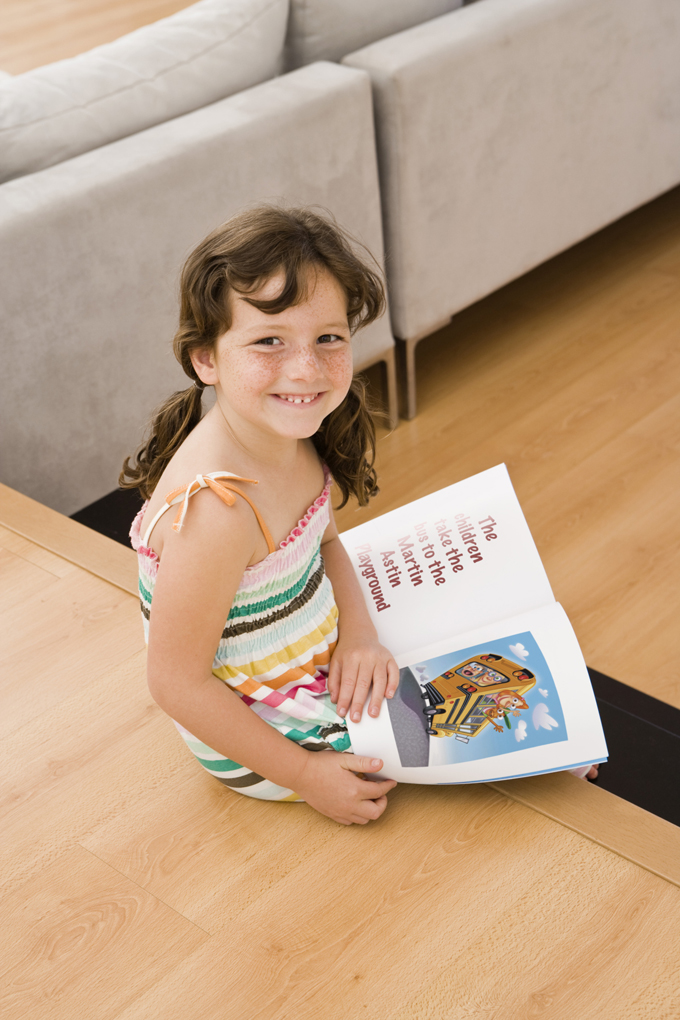 A caring and inclusive classroom environment can have a significant impact on student outcomes, and one way teachers can demonstrate caring is through the books they choose for student learning. By carefully selecting the literature used in our classrooms, we aid our own growth and development as culturally responsive teachers while cultivating our students’ literacy development, capacity for compassion, and acceptance of themselves and others.
A caring and inclusive classroom environment can have a significant impact on student outcomes, and one way teachers can demonstrate caring is through the books they choose for student learning. By carefully selecting the literature used in our classrooms, we aid our own growth and development as culturally responsive teachers while cultivating our students’ literacy development, capacity for compassion, and acceptance of themselves and others.
Teachers practice culturally sustaining pedagogy when they choose literature that acknowledges and respects the gamut of students’ backgrounds and experiences. This practice shows students they are cared for and valued and creates a classroom culture of care that encourages students to respect and understand diversity.
Culturally sustaining pedagogies and diversity in literature
Django Paris, professor of multicultural education at the University of Washington, theorized that culturally sustaining pedagogy “seeks to perpetuate and foster—to sustain—linguistic, literate, and cultural pluralism as part of the democratic project of schooling.” To practice culturally sustaining pedagogy, teachers must recognize that they have a leading role in initiating and encouraging discussion and dialogue about the meanings students draw from the texts they read.
Lauren Leigh Kelly, professor of urban education at Rutgers University, comments that by acknowledging the cultural identities of students, “educators can simultaneously engage students in critical literary and social dialogues while also sending a clear message that students’ lives and communities are present and relevant to classroom learning and culture.” By providing students with literacy-rich environments that promote critical thinking, we can help them to better understand the wider world and their own role as a global citizen.
Diversity in literature promotes student voice
Perhaps more than any other academic activity, reading has the potential to facilitate identity development and give voice to marginalized students. As Paris states, there can be no “democratic project of schooling” if students don’t feel confident and secure enough to contribute to the democratic process.
Scholars agree that providing diverse texts in literacy development helps students connect to or challenge the various representations of “truth” presented to them through their assigned readings. The voice students gain from finding themselves in literature creates an opportunity for classrooms to come alive with multiple perspectives and divergent thinking.
Diversity in literature provides access to other worlds
As part of the goal of culturally sustaining pedagogy is to foster respect and appreciation for linguistic, literate, and cultural pluralism, recognizing that literature—especially children’s literature—is a powerful medium for entering other worlds is important. Exposing students at a young age to other worlds through children’s books creates multiple safe opportunities to recognize and explore human variations. Conceivably, this early access to diverse realities could positively influence a child’s present and future humanity toward others. These mirrors, windows, and sliding glass doors, a phrase coined by children’s literature scholar Rudine Sims Bishop, help students to better understand themselves and the world around them.
Some studies suggest that books may even provide children who are otherwise socially isolated by mind-set, geographic location, or life circumstances, with a vehicle to meet people unlike themselves and gain a broader acceptance and appreciation of individual likenesses and differences. To extend cultural pluralism as part of the democratic project of schooling, teachers must ensure all students have an opportunity to hear the stories that tell their own narrative and those of others.
Diversity in literature fosters social justice
When individuals have access to other people, other cultures, other lifestyles, and other worlds, they tend to recognize systemic inequities and their own personal biases and predispositions that threaten peaceful coexistence. By analyzing beliefs and values of characters in a book, teachers and students can realize and then challenge long-held biases that negatively affect human interaction.
Ultimately, teachers pave the road toward authentic, caring relationships when they choose books that demonstrate interest and respect for the variety of cultural, social, spiritual, and socioeconomic variances represented by their students. Teachers assign value to books simply by choosing to place them on the class bookshelf or include them on the course syllabus, and the message teachers promote through the literature they choose should convey respect and acknowledgment of diverse cultures.
Diana Wandix-White, an ILA member since 2016, is a doctoral candidate and graduate research assistant at Texas A&M University, College Station. After teaching English/language arts for over 20 years, she decided to pursue her PhD, researching urban education and the culture of care in K–12 public schools. Additionally, her teaching experience, along with her master’s degree in reading education, continues to draw her to issues of literacy. Combining her research interests leads her to the study of issues at the intersection of literacy, cultural diversity, and the importance of care as demonstrated through teachers’ selections of culturally relevant texts.